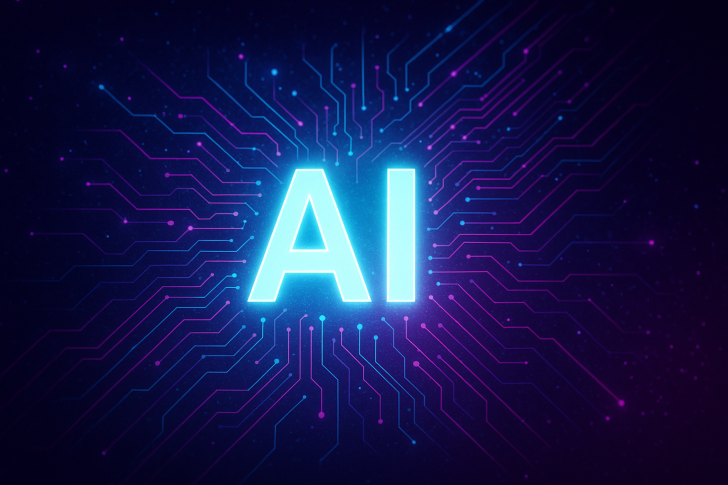Artificial intelligence might be entering uncharted territory. Researchers at Tencent have unveiled Training-Free GRPO (Group Relative Policy Optimization), a method that sidesteps the need for costly fine-tuning and traditional reinforcement learning. If it holds up under scrutiny, this could fundamentally change how AI models are developed, slashing costs and opening doors for smaller teams and independent researchers who've been priced out of the game.
How It Actually Works
The buzz started with a tweet from Robert Youssef, who highlighted how this approach lets models learn from their own outputs without touching their underlying weights or getting tangled in complex RL loops.
Most advanced language models get better through one of two grueling processes: fine-tuning, where you update billions of parameters with fresh data, or reinforcement learning, which demands massive computational resources for generating outputs, collecting feedback, and iterating endlessly. Both approaches burn through money and time.
Training-Free GRPO flips the script entirely. Instead of rewriting its parameters, the model reflects on its own attempts at solving problems, figures out what worked, and builds something like a mental playbook of successful strategies. It's self-improvement through introspection rather than brute-force parameter updates, which means dramatically lower costs and complexity.
The Numbers Tell a Story
The reported results are eye-opening. Training-Free GRPO supposedly delivers strong performance using just 100 examples, matching or beating reinforcement learning setups that typically cost upwards of $10,000 to run. The kicker? The entire GRPO process costs around $18. That's not a typo.
If these numbers pan out, we're looking at a complete reshaping of AI economics. Suddenly, grad students, indie developers, and startups working out of co-working spaces could compete with Big Tech's billion-dollar research labs. The playing field wouldn't just tilt—it might actually level out.
Training-Free GRPO matters for three reasons: it could make expensive reinforcement learning with human feedback practically obsolete, it might democratize access to cutting-edge AI development beyond elite institutions, and it allows models to adapt and evolve faster without getting bogged down in lengthy retraining cycles. This isn't just a technical tweak. It's potentially a fundamental shift in who gets to build the future of AI and how quickly innovation can happen.
Reality Check
Of course, early excitement needs tempering with healthy skepticism. The AI research community will want peer-reviewed papers, independent replications, and testing at scale before declaring victory. But if Training-Free GRPO proves reliable across different use cases and model sizes, we might genuinely be witnessing the birth of what Tencent calls a "training-free era"—where AI systems learn more like humans do, through experience and reflection rather than massive computational sledgehammers.
Right now, this work represents one of the boldest rethinks of AI training in recent memory. It's not just about making models better or cheaper. It's about potentially redistributing power in the global AI race and making sophisticated AI development accessible to people who've been locked out until now.
 Saad Ullah
Saad Ullah

 Saad Ullah
Saad Ullah


